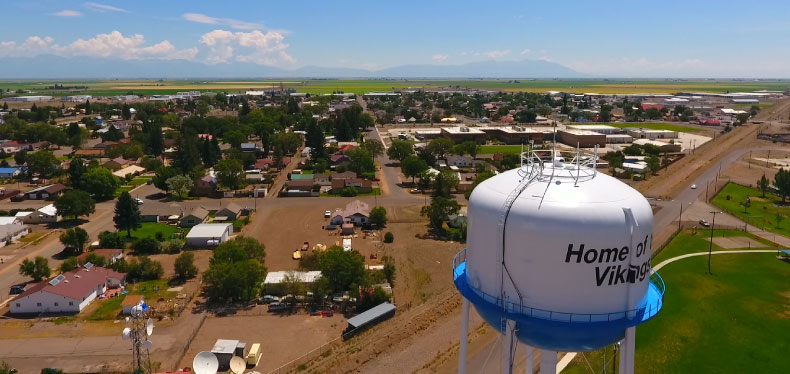
Are you thinking about upgrading your wireless network equipment? Or maybe setting up a new wireless network? If so, choosing the right network equipment is a critical step in your business plan and one that can have repercussions for years to come on your competitiveness and long term business performance.
Many parameters can affect the selection of the network equipment: budget, customers targeted, planned services, desired ROI, technical experience and knowledge of the ISP team. However, there are several basic things which should be considered.
Below is a list of the top 7 things we believe should be taken into account when setting up or upgrading your wireless network.
![]()
1. Scalable network / network scalability
The wireless access network should allow you to increase your customer base and the capacity per subscriber (there is a growth of 25% every year), and widen your coverage footprint – all without increasing the TCO or the marginal price per user.
![]()
2. Interference Mitigation
Assuming you use the 5GHz unlicensed band, the PtMP network should be able to perform flawlessly under growing radio interference. The 5 GHz spectrum is expected to become more and more congested due to the increased use of 802.11 ac WiFi and LTE Small Cell (LTE LAA), which both use this band.
Network base stations, located high up on towers, are exposed to this interference and are the most vulnerable - and therefore are key to building a robust network.
A PtMP network with beamforming technology dramatically reduces interference. You should verify that the steerable beam is as narrow as possible. This will enable a stable and reliable service and reduce the number of service center calls to a minimum.
![]()
3. Minimal TCO (CapEx/OpEx)
Reducing the Total Cost of Ownership can be achieved by reducing Capital Expenditure (CapEx) and Operational Expenditure (OpEx). Often, ISPs benchmark the cost of the Base Station equipment and Subscriber Units without taking into account their coverage area or footprint. In rural deployments, a Base Station that costs twice as much but delivers double the range, will mean half the deployment costs, half the related operational costs, half the tower rental costs and half the cost of backhaul to the core network.
In suburban areas, where spectrum is more congested, a Base Station that delivers double the capacity per unit but costs twice as much, will save on tower rental costs.
![]()
4. Multi-Service Capabilities
Initially you may plan to offer internet only, or internet and voice (VoIP) services, but later you may wish to offer triple-play services (IPTV) or deliver over the top HD video streaming while being able to guarantee service performance to customers. Additionally you may wish to increase the average revenue per user (ARPU) and address SMEs. To be able to offer all these services, the selected PtMP family should be able to offer smoothly a committed information rate (CIR) when and where it needed.![]()
5. High Spectrum Efficiency
Although the 5GHz band is wide, the availability of clear channels is becoming scarcer due to ever-growing radio interference. ISPs will naturally aim to maximize their available capacity and so will require a solution that can squeeze the most out of the clear spectrum. By using the highest possible modulation and utilizing a minimal number of distinct frequency channels in a network, this can be achieved.
![]()
6. Enhanced Network Management
Of course, any Network Management System should allow for network configuration, alarm reports and performance management. Additional ‘nice-to-have’ features of an NMS may include the ability to install Customer Premises Equipment without having to go through the Network Operations Center, either by utilizing an AAA server or by automated configuration during installation. Something else that can be a great help with maintenance is an embedded GPS with co-ordinates of the Subscriber Unit, so technicians can easily locate it if repairs are necessary.
![]()
7. Durable Hardware
Last but not least, the importance of having carrier-grade equipment cannot be understated. The network equipment should be waterproof and dustproof. This will significantly reduce truck roll costs and equipment replacement, and increase service uptime.
With RADWIN JET, ISPs get a disruptive Point-to-MultiPoint smart beamforming solution. JET is the perfect choice for operation in heavily congested unlicensed and licensed bands where spectrum resources are scarce.
Networks based on RADWIN JET offer carrier-class performance and can easily be scaled - ensuring you revenue growth, and your customers get fiber-like connectivity with incomparable resiliency.

 Back
Back

